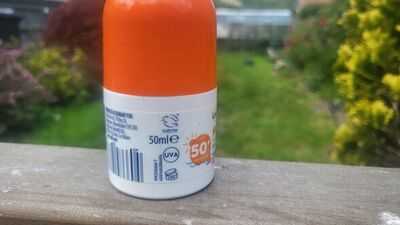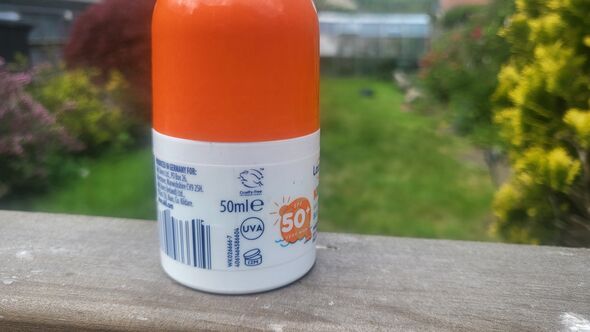

Temperatures in the UK are set to reach heatwave conditions this weekend meaning shorts and t-shirt weather is very much upon us.
The Met Office is forecasting highs of 34C in eastern parts of England on Saturday, while temperatures in the low 30s are expected fairly widely across the country. The national forecaster has said northern and western areas will experience the more uncomfortable heat as the air will be more humid, despite the slightly cooler conditions. So with the sun set to shine this weekend it's a great chance to soak up some rays, but it's important to be mindful of sun exposure over the coming days.
Being out in the sun increases the amount of UV radiation we're exposed to, which can be damaging for both the skin and eyes. UV rays are typically strongest between 10am and 4pm and UV radiation is highest during the summer. But you can still be exposed to UV radiation even when the weather is cloudy so it's important to stay well protected by wearing sunglasses and plenty of sun cream.
The NHS recommends using a sun cream with a sun protection factor (SPF) of at least 30 to protect against ultraviolet B radiation (UVB), and with at least four-star ultraviolet A radiation (UVA) protection.
You should see a star rating of up to five stars on bottles of suncream and the letters "UVA" will be labelled inside a circle. This is a European marking and means the UVA protection is at least a third of the SPF value and meets EU recommendations.
But there's another important symbol on bottles of sun cream that you need to check before applying and that refers to the expiry date. There should be a small symbol on the back of sun cream bottles that looks like an open jar and this will have a three-digit code inside it.
The code is made up of two numbers and a letter, such as '12M' or '18M', and this indicates that your suncream is safe to use for 12 or 18 months after opening. If your sun cream has been open for longer than this number then the product will no longer be effective and won't give you the required level of protection you need.
Benenden Health explains: "To know when suncream expires, all you need to do is look out for the symbol that looks like an open jar on the sunscreen bottle. This has a number inside that tells you how long the product should be used after it has been opened.
"For example, if you see "12M" in the open jar, then the sun cream should be used within 12 months of cracking it open. After that time, the sun cream becomes ineffective - no matter how high the sun protection factor is. As such, try to remember when you last opened it and, if you know you used it last year, it's time to buy a fresh one."
Most sun creams have a shelf life of around three years, but if the bottle has already been opened then you need to make sure you use it within the timeframe specified on the symbol on the bottle, which will usually be 12M (12 months).
Susanna Daniels, CEO of charity Melanoma Focus, adds: "In the UK, on sun lotion bottles you'll see an SPF - you're looking for anything above SPF 30 - and there'll be a star-rating usually on the back. You're looking for a four or five star rating, which equates to your UVA protection.
"There's also a picture of a bottle being opened, and it might have '12M' on it - that indicates how long the sun lotion will last before it expires. 12M means it will expire after 12 months of opening the sunscreen. Anything that's kept in light or heats up, might not last as long as that."
-
Look: India evacuates 290 students, pilgrims from Iran in latest mission

-
Look: India evacuates 290 students, pilgrims from Iran in latest mission

-
As instability prevails in West Asia, how will airlines navigate safely across the region?

-
Four groups of people who don't need to pay £174.50 TV licence

-
ED Issues New Circular: No Summons To Advocates Without Prior Approval Without Top-Level Nod
